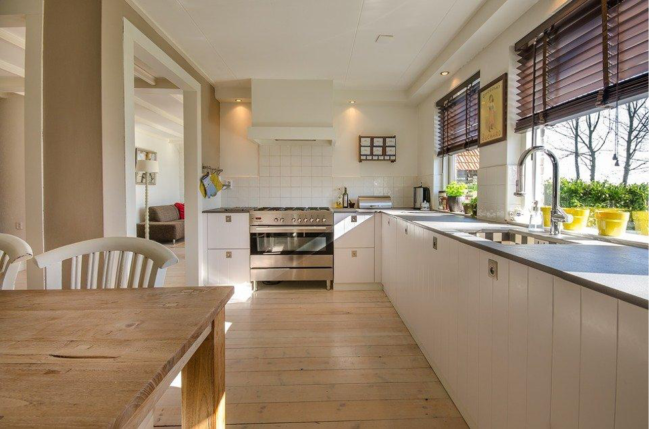Eight Problems You May Find in Newly Constructed Homes

You would think that buying a newly constructed home means not having to worry about construction problems – but construction defects are more common in newly built homes than you think.
In fact, nearly twenty five percent of all homes in the US will go through structural problems. A small portion of these houses may have major structural issues that could be life-threatening hazardous if not repaired right away.
Let’s discuss the eight most common construction problems in newly built homes.
Cracks in Outdoor Flooring
A common issue in newly constructed homes is the presence of gaps and cracks in the outdoor flooring. Start by looking at the patio that connects to the house. You’re looking for gaps between the main structure and the platform. Cracks and gaps indicate improper installation and soil problems in the concrete.
Improper Grading and Drainage Problems
This is a serious issue. Your house needs proper drainage and grading to ensure that the water does not seep around the foundation and cause water damage. This can become a problem in the winter when the water freezes, creating cracks in the foundation. Newly built homes are prone to settlement, and they don’t always settle uniformly. This can create uneven surfaces and negative drainage.
Depending on the extent of damage, this could be an expensive fix.
Shrinkage Cracks in Concrete
Shrinkage cracks develop over time due to a change in the moisture of the concrete. This is commonplace with concrete that hasn’t been properly mixed and has high water content. These cracks don’t cause structural damage, but they do provide an entry point for water to engage with the cement. This water can freeze in the winter, widening the gaps and leading to sagging and heaving.
Try to have these cracks sealed once you find them.
Gaps in Wood Floor
According to Crown Mark gapping can result in warped wooden flooring due to improper installation. The smaller gaps are usually easy to fix, but you can’t do much about major gaps. These gaps occur when the wood starts to lose its moisture content to the surroundings.
Many contractors have tight production schedules and are often forced to cut corners when installing the flooring. The impact of these shortcuts may not be seen until several months later when the flooring material starts to show the gaps.
Nail Pops in Drywall
Nail pops are small circles in the drywall that develop over time due to racks in the walls. In most cases, nail pops indicate a cosmetic defect, although their presence could also indicate structural movement such as arching roof trusses. They usually occur due to drywall movement and become visible within the first year of construction. Nail pops are very common near the corner of the ceiling or wall.
Fixing nail pops require you to use a punch to push the nail into the wall. Next, you will need to add a new finishing compound, followed by sanding, and repainting.
High Humidity inside the House
This is a very common problem with newly built homes. This is because the tools used to build the house are still curing. In fact, newly built homes have a relative humidity in the range of 25-50%. Several factors will contribute to the rising humidity levels, including design, construction, and materials.
The problem with humidity is that it causes water droplets to cause rot and provides the perfect environment for mold to grow.
Dirty Air Ducts
Construction generates a lot of dust and debris. All that debris has to go somewhere, and the duct system is as good a place as any. The dust and debris accumulate in the ducts and gradually cause damage to the HVAC that could require expensive repairs. It is highly recommended to have the air duct system cleaned by a duct professional.
Doors Not Closing Properly
If your doors are not properly installed, they may develop small gaps that will cause them to fail to properly close. This is a common problem in newly built homes and could be expensive to fix in exterior doors.
Wrapping Up – Construction Defects
Newly built homes are not free of defects. Try to look for them the next time you are in the market for a new home. Consider hiring a home inspector or property manager to keep an eye out for defects and ensure that your new home is free of major construction defects.








